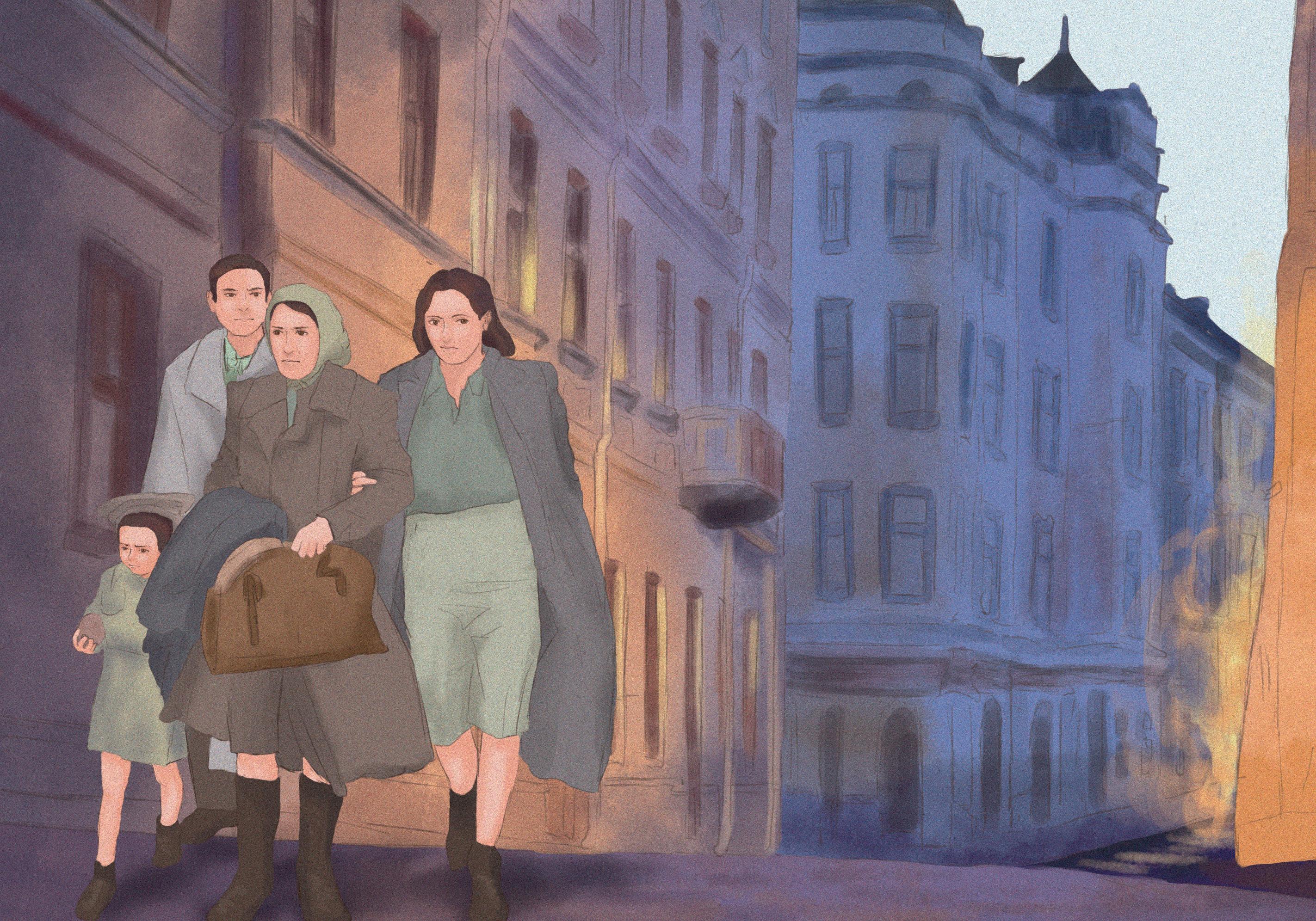
4 minute read
Humiliation and Ghettos
Antisemitism in Europe had a long history even before World War II. However, Poland was a safe haven for Jews escaping persecution in Europe; the country was tolerant of their religion and also provided economic opportunities that they were not able to pursue elsewhere such as working as bankers, bakers, and bailiffs. Furthermore, “Jewish communities and [Polish] nobles had mutual arrangements: the gentry protected the Jews who settled in their towns and gave them autonomy and religious freedom; in turn, Jews paid taxes and carried out economic activities forbidden for Christian Poles, such as loaning and borrowing capital at interest” (Batalion 23). But as their successes continued to grow, Polish citizens began to blame Jews for many of their problems; this sentiment was compounded by false and hateful lies spread by the Catholic Church that accused Jews of murdering Christians to use their blood for their religious rituals. After World War I, Poland needed to rebuild both its cities and its identity; the ensuing fight for leadership continued to splinter the damaged relationship between the two groups, and the hatred and violence Poles directed at Jews—who by this time had grown into and taught their children Polish customs—was on a national scale.
When Hitler invaded Poland on the first day of World War II, his Nazi forces bombed roads and towns from the air and immediately after sent a wave of ground soldiers through Jewish communities to maim and kill indiscriminately. No one knew where to flee, many families who were not able to leave the country hid wherever they could but were found and dragged out to be shot down. The lucky families that were able to hide from the first wave of attacks were spared and promised normalcy by the Nazis as long as they obeyed; the killings were just one example of what could happen, and any resistance was swiftly put down—but the Jewish community’s new life in Poland had only just begun.
Advertisement
Throughout 1940, Hitler’s decrees were passed throughout Poland to single out and weaken Jews as well as make identifying them easier. “All Jews older than ten were forced to wear a white ribbon with a blue Star of David at the elbow. If the ribbon was dirty, or its width incorrect, they could be punished by death. Jews had to take off their hats when they passed Nazis; they could not walk on the sidewalk... Jewish property was seized and gifted over to folsdeutsch: Poles of part-German heritage who applied for this elevated status... the poorest Poles became millionaires...” (Batalion 52). Then in April, Jews were given two days to relocate to newly established “Jewish neighborhoods” consisting of small buildings and apartments and narrow alleys. These dwellings became known as the ghettos, with multiple families (up to 50 people in a small home) who were often strangers having to learn to live together without enough space to even spread their arms.
Around 400 ghettos were established in order to decimate the Jewish population through disease and starvation as well as for ease of rounding them up
for work camps. Men usually stayed home as they were often kidnapped, so in addition to caring for any children, women had to go out to look for work or sell what meager possessions they had for money and food. Men also had a much lower tolerance for starvation, so their spouses would come home to the food they had saved to share with their children eaten many times. Marital strife skyrocketed, mothers could not stand to see their children suffer and often adopted them into willing Polish families with whatever money they had. The lack of running water and sanitation also led to Typhus outbreaks, a disease spread through lice, that hospitalized and killed thousands. By 1941, Jews could no longer step outside their ghetto’s boundary. and Poles could not enter. Violation of this rule, again, led to execution. But even if they followed all the rules, Nazis would still come around to execute or torture those named on lists, or even whoever they wanted. Starvation, illness, and fear were now rampant in the ghettos.
But there was still a glimmer of hope bolstered by Jewish teachings and customs. Before the war, Jewish youth groups affiliated with different political parties (the same ones that had been vying for control over Poland) provided a sense of community and guidance to young Jews who felt lost and alone and continued to do so now with their new lives in the ghettos. Many groups, including the various Labor Zionist youth groups which were more secular, promoted nationalism, heroism, and individual sacrifice and put them into Jewish contexts; the people you cared about and the connections you made
(above) With little notice, Jewish families take as many belongings as they can carry before being forced into the ghettos. Most of these belongings would have to be sold for lack of space or for money and food.









